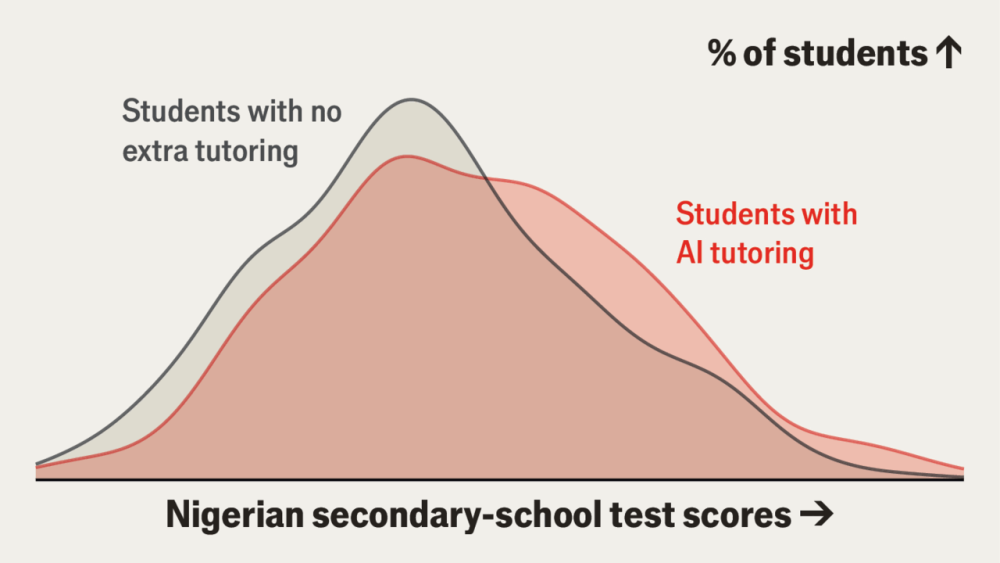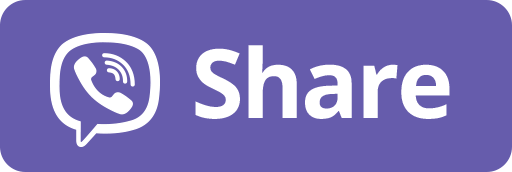
AI giúp học sinh Nigeria tiến bộ 2 năm học chỉ trong 6 tuần
-
AI trong giáo dục hiện gây tranh cãi ở các nước phát triển, khi học sinh và cả giáo viên sử dụng chatbot như ChatGPT để gian lận, làm bài hoặc tạo phản hồi tự động thiếu chất lượng.
-
Tuy nhiên, tại các nước nghèo, nơi lớp học đông và thiếu giáo viên, AI lại là cơ hội đáng kể. Ở các quốc gia thu nhập thấp và trung bình, 70% trẻ 10 tuổi không đọc được truyện đơn giản; ở châu Phi con số này là gần 90%.
-
Một nghiên cứu của Ngân hàng Thế giới công bố tháng 5/2025 đã thử nghiệm sử dụng chatbot Microsoft Copilot (dựa trên GPT-4) trong giảng dạy tiếng Anh cho 422 học sinh trung học tại Nigeria.
-
Trong 6 tuần, học sinh tham gia 12 buổi học kéo dài 90 phút, làm việc theo cặp có giáo viên hỗ trợ. Họ luyện kỹ năng ngữ pháp, từ vựng và viết với AI.
-
Kết quả đáng kinh ngạc: nhóm sử dụng AI đạt tiến bộ tương đương gần 2 năm học truyền thống, với điểm kiểm tra cao hơn nhóm đối chứng khoảng 10%.
-
Hiệu quả duy trì cả trong các kỳ thi cuối năm bằng giấy, ngoài nội dung mà chatbot cung cấp, chứng tỏ học sinh thực sự học được kiến thức.
-
Dù vậy, kết quả cũng phản ánh chất lượng nền giáo dục cơ bản thấp – học sinh Nigeria có trung bình 10 năm học, nhưng kết quả chỉ bằng một nửa kỳ vọng.
-
Chi phí chương trình chỉ khoảng 48 USD mỗi học sinh, dù cao hơn mức lương tối thiểu tháng ở Nigeria, nhưng vẫn rẻ hơn so với nhiều chương trình khác.
-
Việc mở rộng quy mô vẫn gặp thách thức như thiếu thiết bị và internet ổn định. Một số cải cách giáo dục khác đã thành công nhờ tiêu chuẩn hóa giáo án, không cần công nghệ.
📌 Chương trình AI tại Nigeria cho thấy tiềm năng vượt trội: học sinh tiến bộ tương đương 2 năm học chỉ trong 6 tuần, với chi phí 48 USD mỗi em. Tuy còn nhiều thách thức, kết quả này vượt 80% trong số hơn 230 chương trình giáo dục tại các nước thu nhập thấp và trung bình, mở ra cơ hội đáng giá cho cải cách giáo dục toàn cầu.
https://www.economist.com/graphic-detail/2025/05/30/can-ai-be-trusted-in-schools
Can AI be trusted in schools?
A pilot programme in Nigeria helped students make two years’ worth of progress in six weeks
Thảo luận
Follow Us
Tin phổ biến



